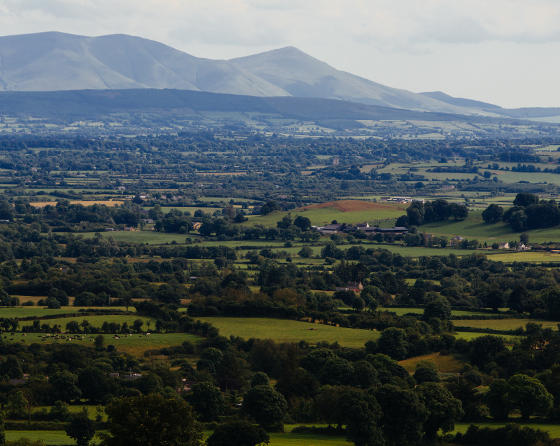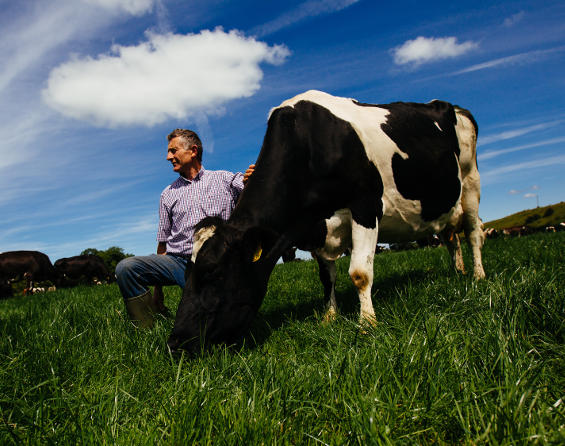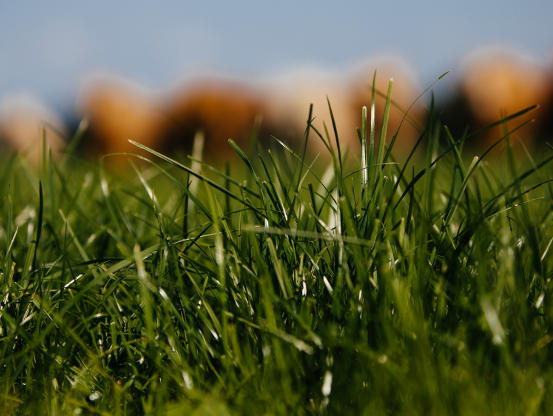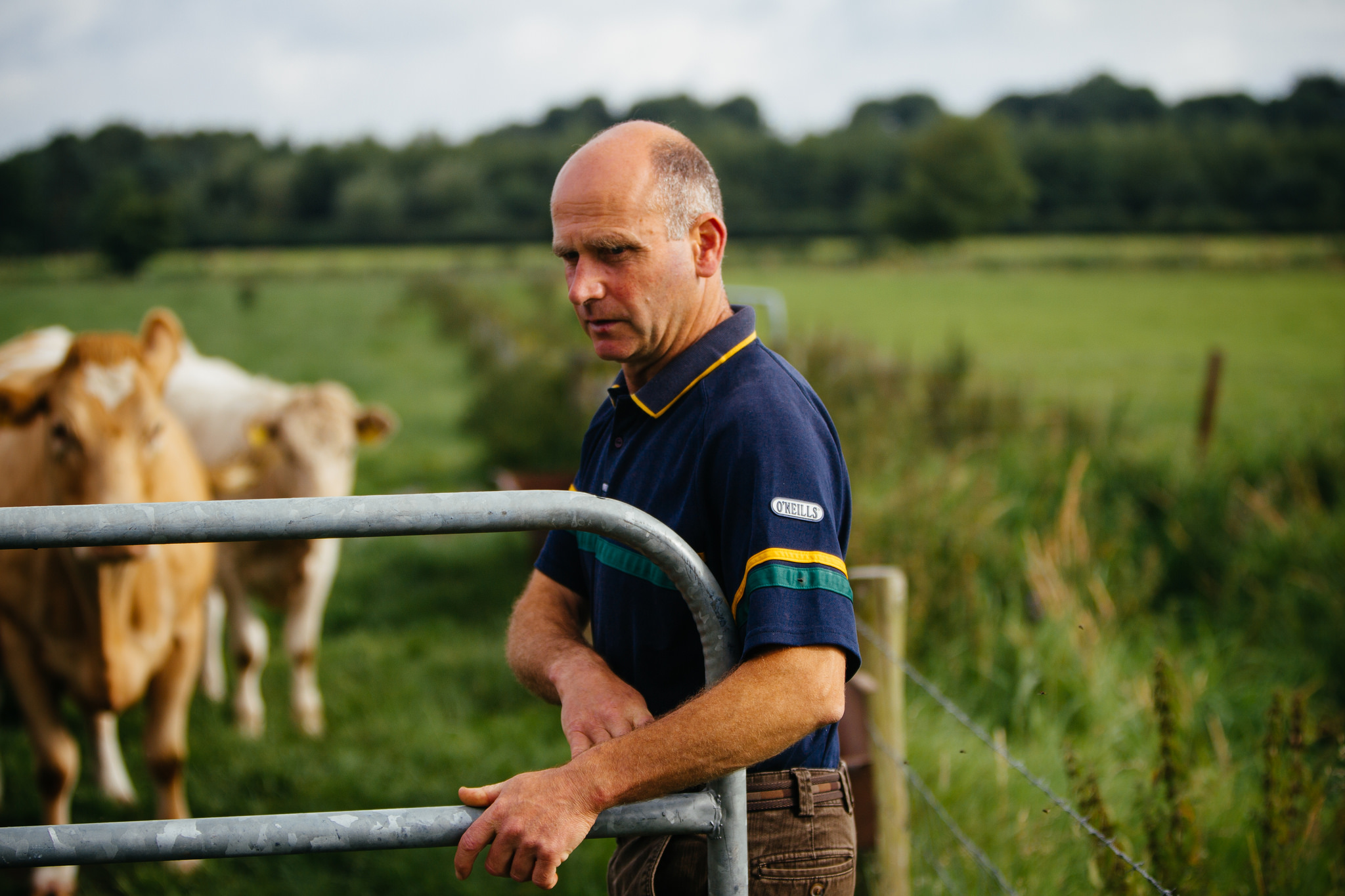

Carbon Footprinting Irish farms
Carbon Footprinting Irish Farms
Since 2011, additional sustainability criteria have been added to farm assessments to develop a carbon footprinting methodology. This process began with beef, which was followed by dairy, with plans in place to implement similar criteria across all other Assurance Schemes throughout 2018. Each day, over 100 independent auditors visit farms to measure the environmental impact of each production system using an innovative Carbon Navigator tool developed in conjunction with Teagasc.
In a process of measurement, feedback, and continuous improvement, farms are measured against key efficiency areas including extended grazing, calving rate, daily liveweight gain, improved economic breeding index, nitrogen efficiency, slurry management, and energy efficiency. The ability to generate a carbon footprint for farms on an individual basis has also been aided by collaboration with the Irish Cattle Breeding Federation (ICBF) and the Department of Agriculture, Food and the Marine (DAFM), who with a farmers consent, share data with Bord Bia to aid in the footprinting process. This ensures significant time savings during the Bord Bia audit process.
Progress to Date
To date, approximately 50,000 beef farms, accounting for over 90% of Ireland’s beef exports, have been audited and carbon footprinted. Furthermore, almost 17,000 of Ireland’s dairy farms have applied to take part in Bord Bia’s Sustainable Dairy Assurance Scheme, with over 90% uptake to date. The overall aim of this activity is to lower the environmental impact and the emission burden of farms throughout Ireland while also providing greater profit margins for the farmer. Independently accredited by the Carbon Trust to its PAS 2050 Standard, Bord Bia is auditing and carbon footprinting 800 farms each week.
In 2019, the Carbon Footprint for SDAS for the production year stood at 1.11 kg CO2e / kg of fat & protein corrected milk, while on average, there has been a 6% reduction in the Dairy Carbon Footprint from 2013, when carbon footprint calculations began.
In 2019, the year-specific carbon footprint for SBLAS was 10 kg CO2 / kg live weight (LW), indicating a continuing decline. The most recent data reveals that more than half of SBLAS members achieved their carbon footprint at 10 kg CO2 / kg LW or less, with 35% of members attaining 9 kg CO2 / kg LW or less.
In total, Bord Bia has cumulatively undertaken over 200,000 carbon footprint assessments on a national scale to date, a world first.



